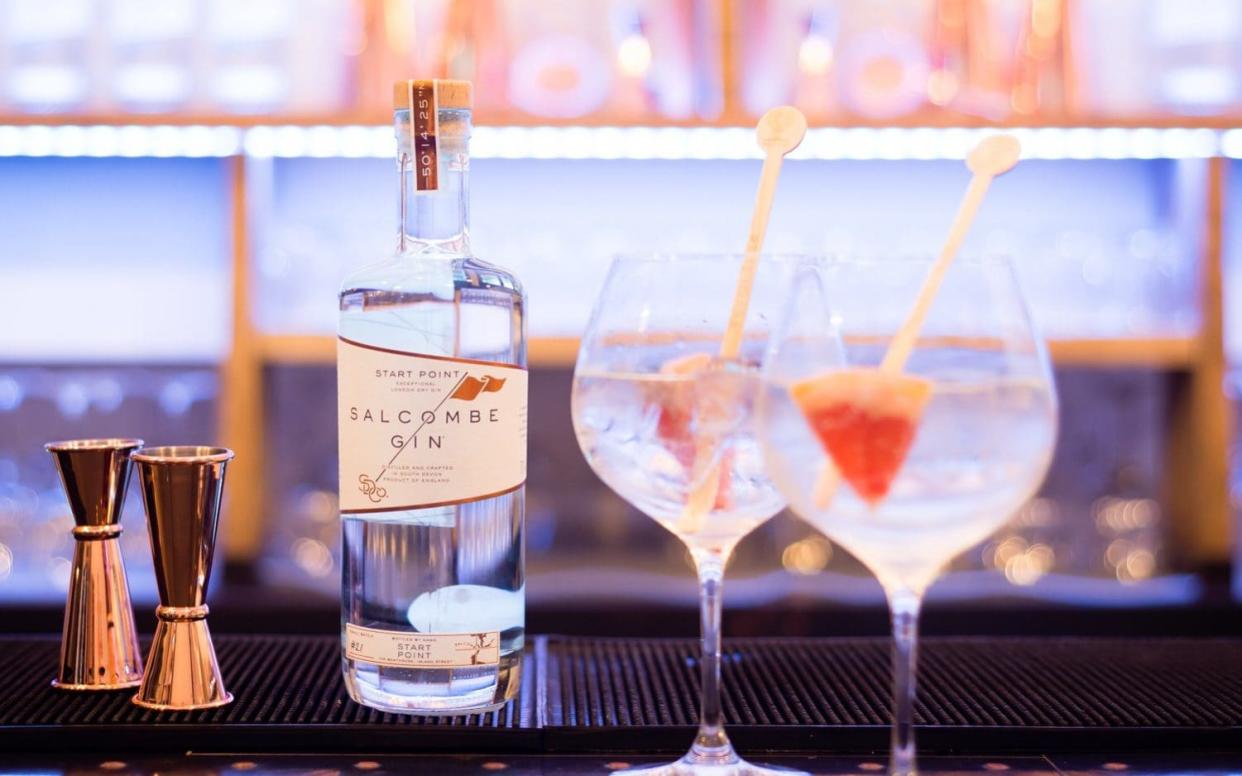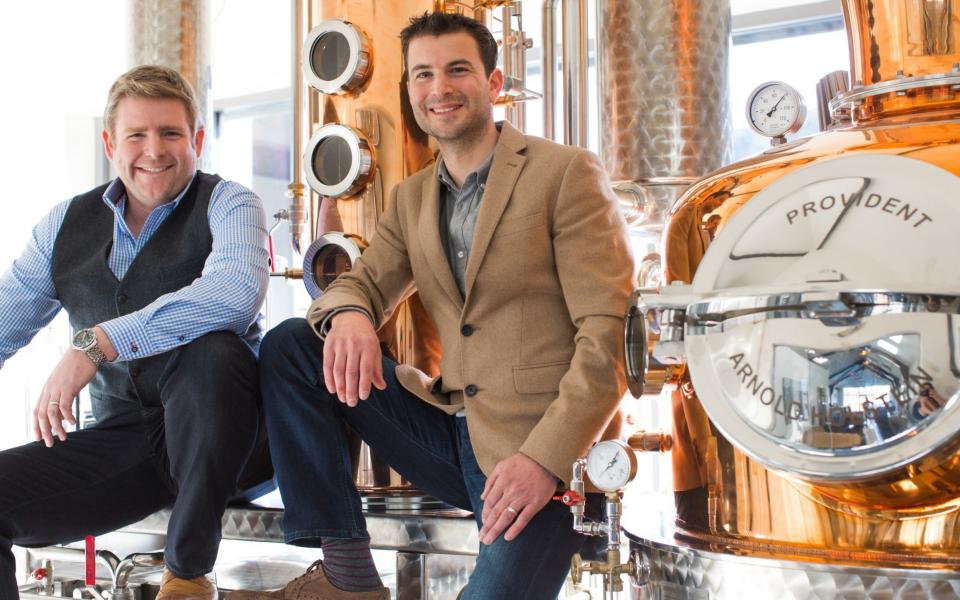Gin school: the best distilleries to visit if you want to make your own spirit

Distillery tours are the “in” thing. Or perhaps that should be the “gin” thing. 2015 (a year in which consumers spent nearly £1bn on the spirit), saw the launch of 49 new distilleries around the country – a 50 per cent increase in openings – while, last year, exports of British gin grew by 12 per cent.
While Scottish whisky distillers have long offered tourist trips, now the doors of gin-makers are opening, too. And how a gin tour delights the senses, from the first glimpse of the gleaming copper stills, to the heady whiff of fruit peels, spices and bosky botanicals, to the refreshing juniper bite of the generous G & T you are bound to be offered at some point.
Now, the ultimate experience for a true gin lover is not only a guided tour of a distillery but the opportunity to make your very own gin while there. Gin school is the next great adventure in spirits, and you can join a class held in distilleries as far-flung as London, Suffolk and Leicestershire.
I signed up to make my own gin in the seaside and sailing town of Salcombe in south Devon. Salcombe Gin launched last year along the historic boatbuilding Island Street, looking out to the water, and its state-of-the-art gin school opened only earlier this month.

We start with an introduction to the distilling process at the foot of the operation’s mothership “Provident”, a 450-litre copper still that can deliver 600 bottles of citrus-tinged Salcombe Gin in a batch. Provident’s babies are next door in the school lab – 10 mini stills and condensers lined up on high benches, with measuring jugs, scales and heaters at the ready. It looks as though a super-swanky chemistry lesson is about to get under way.
Which, in many ways, it is. Our tutor, Jason Nickels, explained how our little copper pots contained a neutral grain spirit, which we would redistil with our own unique recipe of botanicals – all natural ingredients – in the mix.
Nickels suggested an exotic twist from perfumed grains of paradise – just three seeds
He keeps more than 100 botanicals in jars to choose from: a treasure trove of dried flowers, barks, seeds, berries, herbs and spices, all destined to release their distinctive essential oils in an alcoholic vapour that cools into gin.
Any true gin must possess a dominant flavour of juniper berries and 25g is about the right amount for one 70cl bottle, apparently. So that started my bespoke blend; the other botanicals had to be used in judicious quantities or they would overwhelm the taste.
I aimed to create a warm, spicy, very slightly sweet gin, so weighed out teeny-tiny amounts of cinnamon, star anise, pink peppercorns and ginger, adding a miniaturist’s dab of honey. Nickels recommended a few coriander seeds, a thin sliver of lime zest, powder puffs of earthier ground angelica and orris (aka iris) root to balance out my gin and suggested an exotic twist from perfumed grains of paradise – just three seeds.
In it all went, then my pot was sealed and heated. My neighbouring student, meanwhile, was busy making a gin for spring, with floral and fruity elements to the fore.
It took just 45 minutes for the vapours to rise from the scented spirit, condense in the cooler container, and drip into a jug. Next step was to cut the gin with water, bring it down from about 75 per cent abv to nearer 45 per cent, then bottle it, complete with names and labels.
It looked great in its presentation wooden box, but did it taste any good? Would I be inspired, in the style of pushy Toby Fairbrother in The Archers, to start up my own gin business? Not quite.
My South Coast Spice Gin isn’t bad at all and I’ve certainly captured the sweet notes of honey and cinnamon rather well. In honesty, Nickels wouldn’t let anyone go far wrong, such is his careful eye on his students, but another time I would put even less star anise in the mix, as that flavour is a shade too dominant in my first, and only, batch.
Still, I‘ll award myself a B+, and with so much learnt the first time in gin school, this graduate would happily go back for a refresher course – quite literally – before too long.
From £100; The Gin School, Salcombe Distilling Company, Devon (01548 288180)
Gin distillery trips, with a twist | Six tours for spirit lovers – booking essential

 Yahoo News
Yahoo News 
